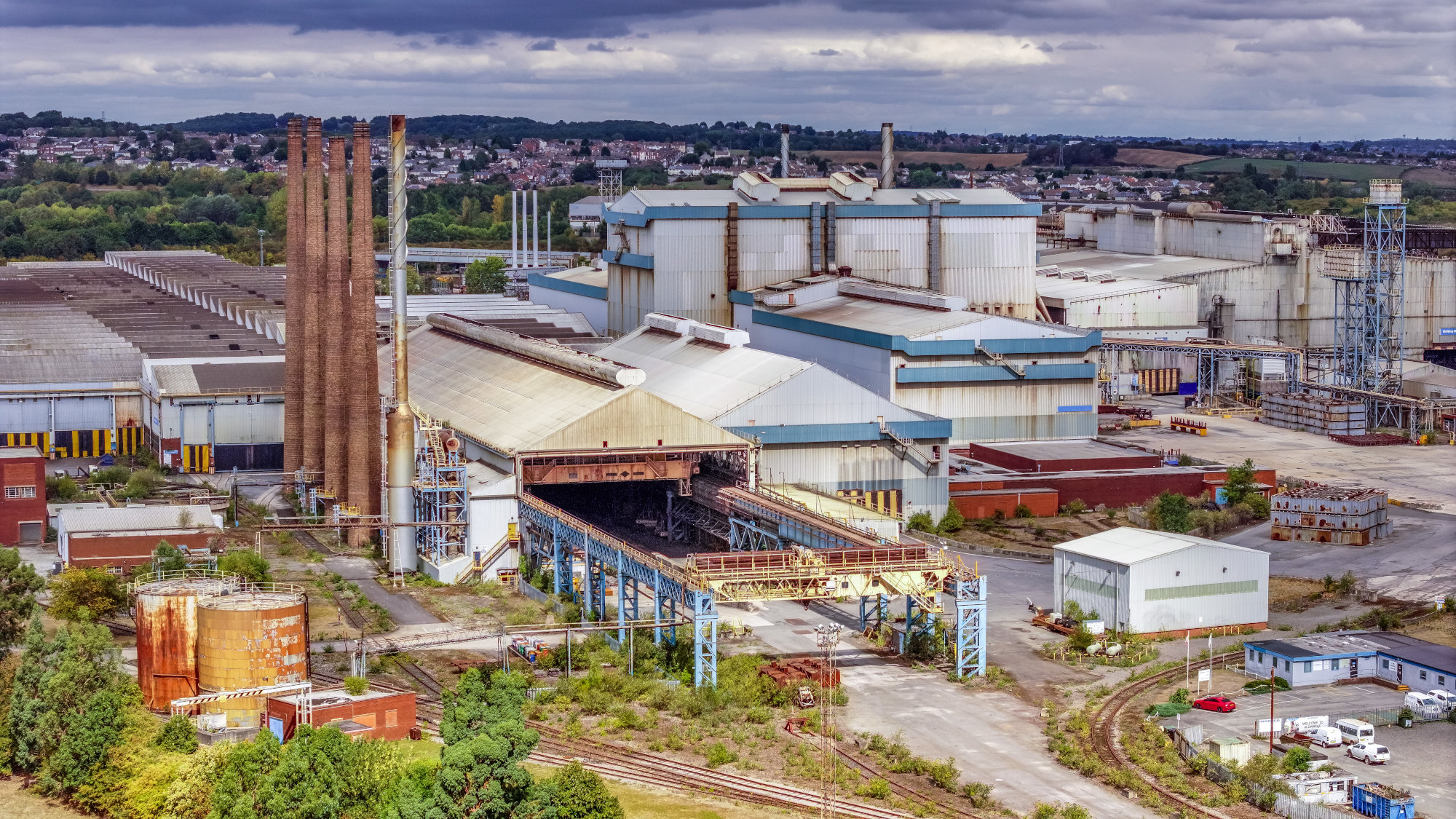We already have Great British Energy, and of course Great British Rail. It now looks as very soon we will also have Great British Steel. The government has today stepped in to rescue another failing metal producer, Speciality Steels in South Yorkshire. It is, in effect, creating a new state-owned steel conglomerate. There is just one catch. It is the government’s incompetently designed net-zero targets that are responsible for bankrupting the industry – and all that nationalising will achieve is making taxpayers responsible for endless losses.
The government is, in effect, bankrupting the companies and then stepping in to rescue them
Britain’s third largest steel works, Speciality Steelworks, today collapsed into administration. It will be placed in the hands of the Official Receiver, while the government has agreed to meet the wages of the 1,500 workers at the plant, and ongoing costs, while it looks around for a buyer. According to the business secretary Jonathan Reynolds, the steelworks and its workers are important strategic assets for the UK, and the government plans to keep it alive until it can find someone to take it over.
The trouble is that seems very unlikely. The plant was owned by Liberty Steel, the metals empire controlled by Sanjeev Gupta. Gupta may have his critics, but he has run a successful conglomerate for many years. He has been dubbed the ‘saviour of steel’ for his knack of making old plants pay their way. If he can’t make it work, why would anyone else want to try? In the end, Reynolds will be stuck with the plant, just as he is stuck with British Steel’s Scunthorpe plant, which came under state control back in April. In the end, Reynolds will have to put the two together, creating a nationalised steel conglomerate.
But that is not going to work either. The reason Britain’s steel industry is collapsing is very simple. Our net-zero policies, imposed without any plan for the industrial consequences, mean we now have some of the most expensive industrial electricity in the world, with prices around 50 per cent above France, and more than double the level in the United States. The result? The steel furnaces are no longer viable, and the industrial customers that used to buy the metal have gone bust as well, so there are no customers left to serve.
The government has, in effect, bankrupted the companies and then stepped in to rescue them. And yet, that won’t change the fundamental economics of the operation. Until energy prices come down, the industry will still be insolvent. All it will mean is that the taxpayer will be on the hook for the losses – and it is hard to see that as any kind of an improvement.







Comments